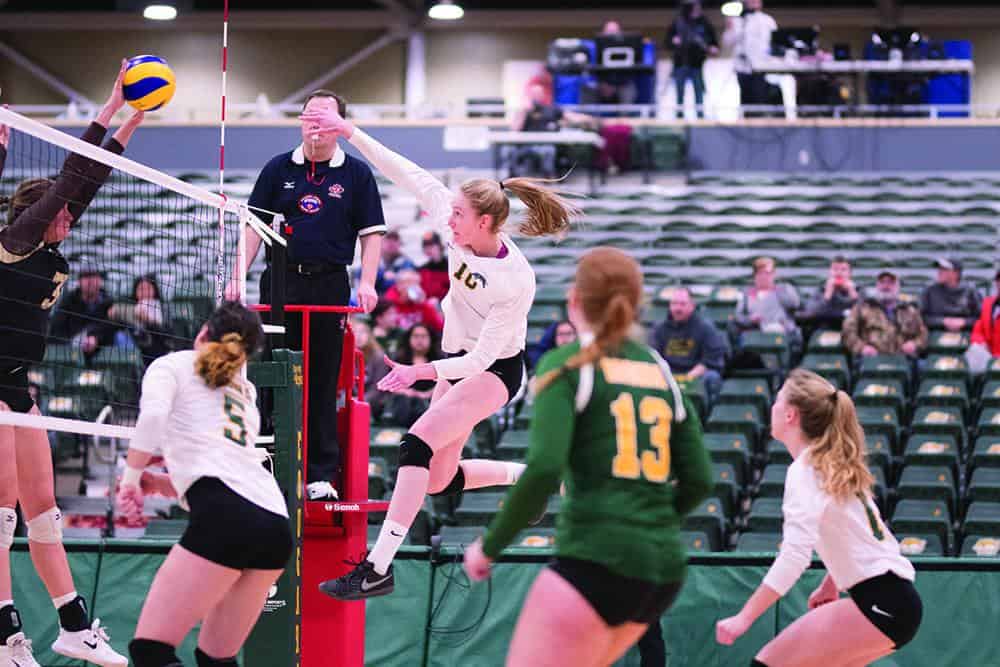Curling in Canada

All the rocking without the rolling.
In honour of the Scotties Tournament of Hearts, which took place in Calgary on February 19 to 28, and the Tim Hortons Brier, which will be taking place March 5-14 in Calgary, let’s explore the history of curling in Canada.
Curling originated in Scotland in the 16th century, and made its way to Pre-Confederation Canada through Scottish immigrants familiar with the sport. This, paired with the desire to alleviate the strain of long winters with some form of sporting activity, led to a more serious discussion of curling being introduced to the country.
Over the years, curling has grown and flourished rapidly. With the development and maintenance of artificial ice, it moved from outdoor ice rinks to covered rinks. It has continued to expand and evolve, not only in terms of locations and technologies, but also in the seriousness of the competition, allowing for friendly matches, local, provincial, and national tournaments, as well as the creation of an Olympic team.
An interesting aspect to curling’s history in Canada is its close relationship with military and police forces. When different regiments were disbanded, many of the officers would be given tracts of land. With this new land and passion for curling, it was an ideal situation to contribute to the growth of the sport. Many of these contributions became the homes for the first-formed curling clubs. Although these clubs were not fancy, they fostered a strong sense of community and feelings of belonging.
The delivery of the rock has also changed over the past decades as well. The well-known slide that is associated with the sport was not always present. Long ago, when the stone was delivered from the hack, the curler would have to do a step or two afterwards. There was no slide that went along with it. As time went on, curlers began to learn that the swinging motion allows for more momentum to occur. This causes an involuntary slide to happen with it rather than the couple of steps that came before. Curlers began to slide farther and farther on the ice. With this new tactic came a change in footwear to accommodate the technique. The material for sliders changed countless times but the goal has always been the same: allowing the curler the ability to slide however far they desire.
Other additions that we are so accustomed to seeing had to break their way onto the scene as well. One such addition are the time clocks. With the popularity and intensity of the sport picking up, individuals were worried about how to effectively schedule games, as they could go on for many hours. The Sports Network introduced time clocks in 1983 to mandate time lengths for each team’s game.
The game that originally came here in the middle of the 1700’s does not seem to be the same game as the one that we know and love today. We have progressed from iron rocks to granite, and from natural outdoor ice to artificial indoor ice. Players used to rely primarily on luck, but skill is prominent today.
When we take a closer look, curling always had the same goals as it does now. The primary goal isn’t necessarily to win, although nobody will complain about that. Rather, the goal is to bring communities together and allow for feelings of belonging and community to grow, and to provide something for people to hold on to during hard times. The appreciation and excitement for curling will only continue to grow stronger.








